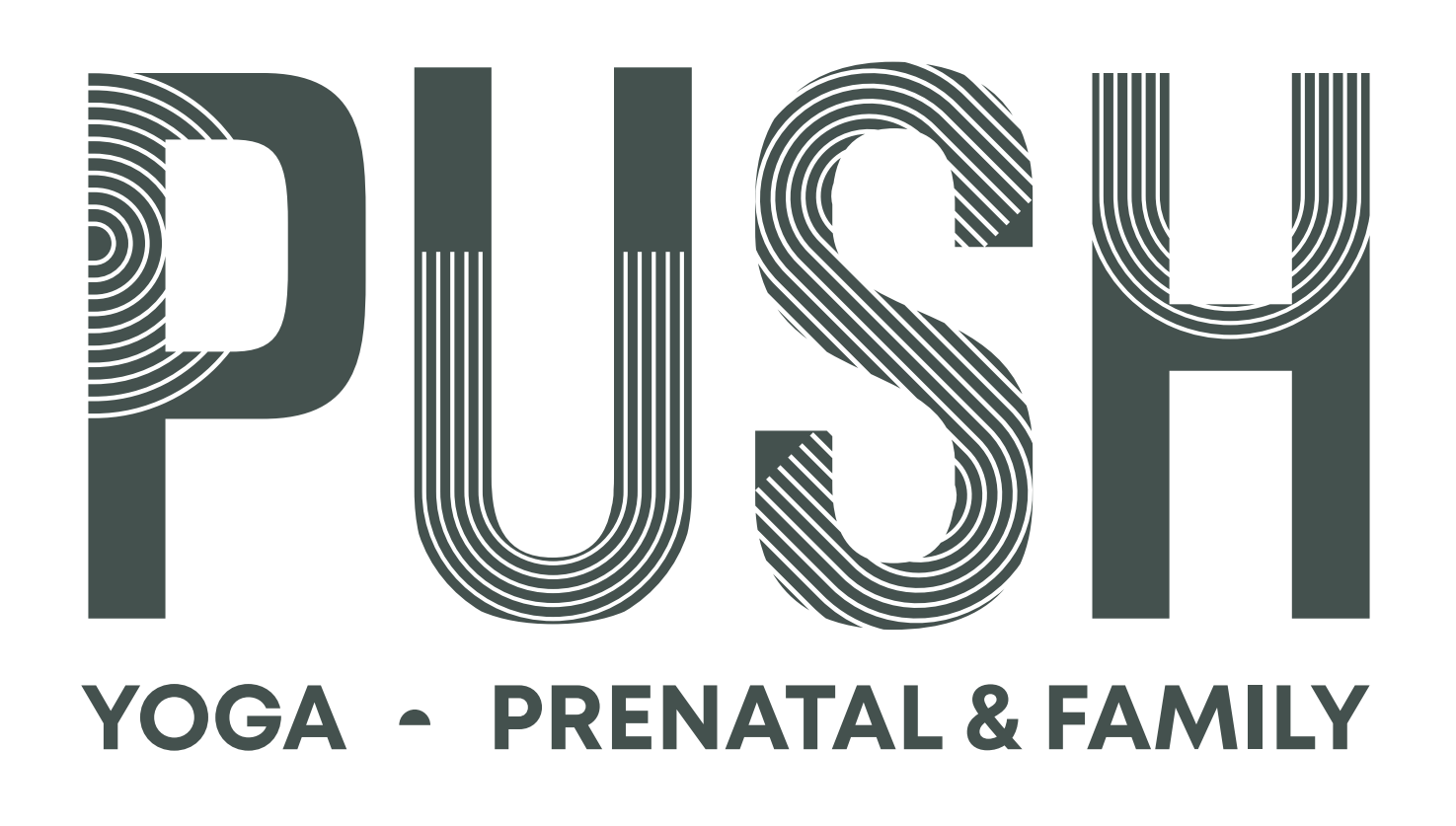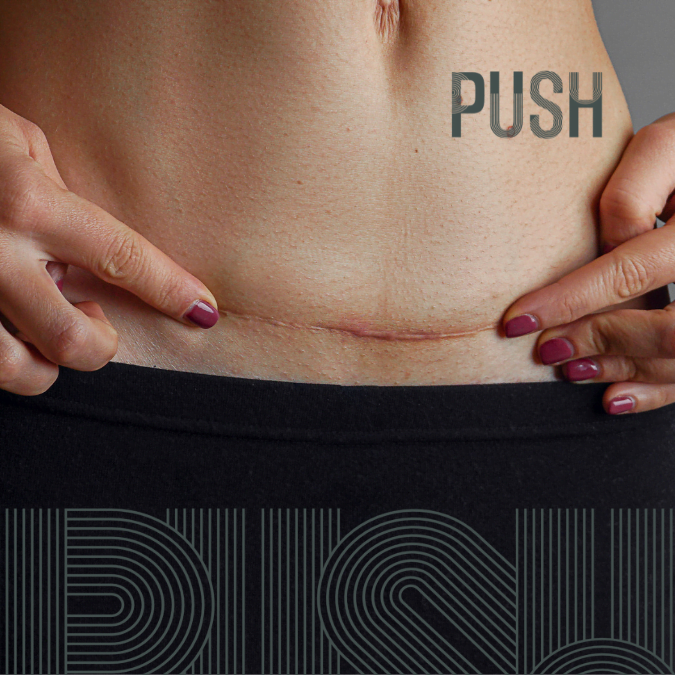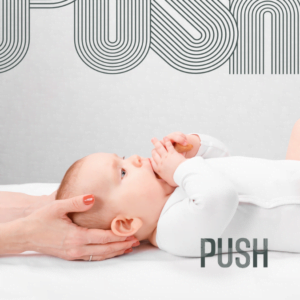Bringing a new life into the world through childbirth is an incredible journey filled with anticipation and joy. However, for some mothers, this journey may involve a cesarean section (C-section), a surgical procedure that requires careful recovery and rehabilitation. In this blog post, we’ll explore what a C-section entails, the layers of skin and tissue it involves, and the essential practitioners who should be on your rehab team to support your recovery journey.
What is a C-Section?
A C-section, also known as cesarean delivery, is a surgical procedure used to deliver a baby when vaginal birth is not possible or safe. During a C-section, an incision is made through the mother’s abdomen and uterus to remove the baby. While C-sections are commonly performed and can be life-saving in certain situations, they require specialized care and attention during the recovery process.
Layers of Skin and Tissue Involved:
- Skin Incision: The first layer of the C-section incision involves cutting through the skin of the abdomen. This incision is typically made horizontally just above the pubic hairline, although variations may occur depending on the surgeon’s preference and the circumstances of the delivery.
- Subcutaneous Tissue: Beneath the skin lies subcutaneous tissue, which includes fat and connective tissue. This layer may also be cut through during the incision process.
- Abdominal Muscle: After passing through the subcutaneous tissue, the surgeon must navigate through the abdominal muscles, typically the rectus abdominis muscles, which may be parted or separated to access the uterus.
- Peritoneum and Uterus: Finally, the peritoneum, a thin membrane that lines the abdominal cavity, is incised to access the uterus. Once the uterus is reached, an incision is made to deliver the baby.
Practitioners on Your Rehab Team:
Recovery after a C-section involves more than just physical healing—it requires comprehensive care and support from a team of healthcare professionals. Here are the essential practitioners who should be on your rehab team after a C-section:
- Obstetrician/Gynecologist (OB/GYN): Your OB/GYN is your primary healthcare provider throughout pregnancy and childbirth, and they play a crucial role in overseeing your C-section recovery. They can provide guidance on wound care, postpartum check-ups, and any potential complications that may arise.
- Physiotherapist: Physical therapy is an integral part of C-section recovery, helping to restore strength, mobility, and function in the abdominal and pelvic areas. A physical therapist can design a personalized exercise program to aid in your recovery and address any musculoskeletal issues that may arise.
- Massage Therapist: Scar release therapy administered by a massage therapist can help alleviate pain, improve circulation, and promote healing of C-section scars. Massage therapy can also aid in relaxation and stress relief during the postpartum period.
- Chiropractor: Chiropractic care can be beneficial for restoring spinal alignment, pelvic stability, and overall musculoskeletal balance after a C-section. By addressing any misalignments or imbalances, a chiropractor can help facilitate a smoother recovery and reduce discomfort.
- Acupuncturist: Acupuncture can help alleviate pain, reduce inflammation, and promote overall well-being during the postnatal recovery phase.
Recovery after a C-section is a multifaceted process that requires specialized care and attention. By understanding the layers of skin and tissue involved in the procedure and assembling a comprehensive rehab team, you can navigate your C-section recovery with confidence and support. At PUSH, we’re dedicated to providing personalized care and empowering you on your journey to postnatal wellness.




